Measuring community well-being in the mining context: A multi-stakeholder tool
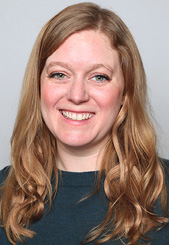
There is an implicit promise that mining activity will bring sustained positive benefits to local communities; that the people who are impacted by mining activity will be “better off.” We hope that the jobs, infrastructure, and other community development investments that come with mining activity will support better education, health and social outcomes. We also hope that efforts to manage the negative environmental and social impacts associated with mining are effective, and that the negative impacts of mining don’t outweigh the positive. There are a growing number of systems, regulations and tools in place to measure the effectiveness of specific programs and hold companies, governments and others accountable for their actions. However, there are few holistic, collaborative, long-term approaches to planning and measuring community well-being as a whole, that allow us to track changes in the community. There are limited ways to answer the question: is the community “better off”? In order to see sustained positive outcomes, we need to be deliberate and use multi-stakeholder approaches for better data, dialogue, and decision-making.
Over the past eight years, the members of the Devonshire Initiative, including mining companies, civil society organizations and academics, have discussed and tested various approaches to understand community well-being in mining impacted communities. In 2015, the DI introduced a pilot framework which was designed to engage stakeholders in a participatory process to define and collect data on community well-being in the mining context. The framework has been tested in various mining communities over the past six years. Now we’ve updated and refreshed (and renamed) it based on lessons learned from the pilots and input from various stakeholders working in this space.
What is the CommWell Framework?
The Community Well-Being and Mining Framework (CommWell) is a participatory process for discussing, defining, measuring and analyzing community well-being. The data, dialogue and decisions about community well-being generated by the framework act as a catalyst for various stakeholders to plan and coordinate community development initiatives in the mining context.
The objective of the framework is to:
> collect better data to assess community well-being;
> encourage better dialogue among stakeholders in mining areas and support multi-stakeholder co-ordination around local development processes; and
> support better decisions that affect community well-being.
The framework is laid out in four phases and is designed to complement existing initiatives for baseline data collection in the mining context (such as social impact assessments). It’s also designed to integrate with existing community planning and development processes.
Benefits of the framework
A holistic approach requires diverse perspectives and dialogue to analyze data and understand how various groups in the community experience well-being. There are several benefits to the multi-stakeholder approach that is promoted through the CommWell Framework.
1 | It pushes us past causal data, and focuses on a holistic view of community well-being.
The framework promotes a holistic approach to community well-being; one that requires us to move beyond a focus on how one actor or initiative contributes to development. Instead, the framework focuses on what the community would like to see and how actors can collectively contribute to this vision of development. The framework includes a number of categories and indicators that could be referenced when defining community well-being. They include economic, environmental, health, education, governance and safety indicators and are reflected in the Sustainable Development Goals. The dialogue required to develop locally applicable co-created indicators is integral to the process and to the overall goal of creating inclusive, multi-stakeholder definitions of community well-being.
2 | Multi-stakeholder processes result in better development outcomes.
This has been recognized in development research for some time. Inclusive community representation generally improves transparency and accountability, while ensuring that a community development plan is reflective of local needs and goals. The processes and data that emerge from the framework can be woven into an existing development planning process or serve as a precursor to a new one.
3 | The company is not the focal point of dialogue.
Mining companies are commonly placed at the centre of development dialogue. Inherently, this can create risks of a paternalistic and unsustainable relationship. The framework aims to shift that balance by ensuring that the mining company is at the table for local development dialogue, but not at the centre of discussion, regardless of the extent of the company’s (financial) contribution.
4 | Company-community dialogue is connected to broader development processes with key stakeholders at the table.
Communities or geographic regions typically have their own development plans and processes in place, irrespective of the presence or involvement of mining companies. When company-community dialogue and development planning is well connected to these processes, there is more potential for sustainable outcomes. The framework aims to strengthen the connection between key stakeholders involved in development planning and the company-community dialogue.
5| Dialogue is inclusive.
Communities are not homogeneous and inclusivity is a critical component of successful development processes. That principle equally applies to the process of defining and monitoring well-being in the framework. A multi-stakeholder process does not simply mean a lot of people at the table; it means representation of different groups, such as women, youth, elderly, vulnerable people, ethnic and religious minorities, and others. It also means providing regular feedback to the rest of the community. While all groups may not be at the table at the same time, the CommWell Framework process promotes dialogue through focus groups and other venues that enable inclusivity.
6 | A multi-stakeholder approach can support a company’s social licence to operate.
Research shows that one of the keys to building trust with local communities is ensuring that community members feel respected by any decision-making processes and ultimately that they can actively participate in them – this can be called procedural fairness. Although this concept applies largely to mine project-
related decisions, it also applies to community development processes. It is important to acknowledge here though, that multi-stakeholder processes are complex undertakings in and of themselves and require commitment by all parties.
This article is the first in a three-part series that looks at measuring community well-being in the mining context.
CAROLYN BURNS is executive director of the Devonshire Initiative, a multi-stakeholder forum focused on improving development outcomes in the mining context (www.devonshireinitiative.org).
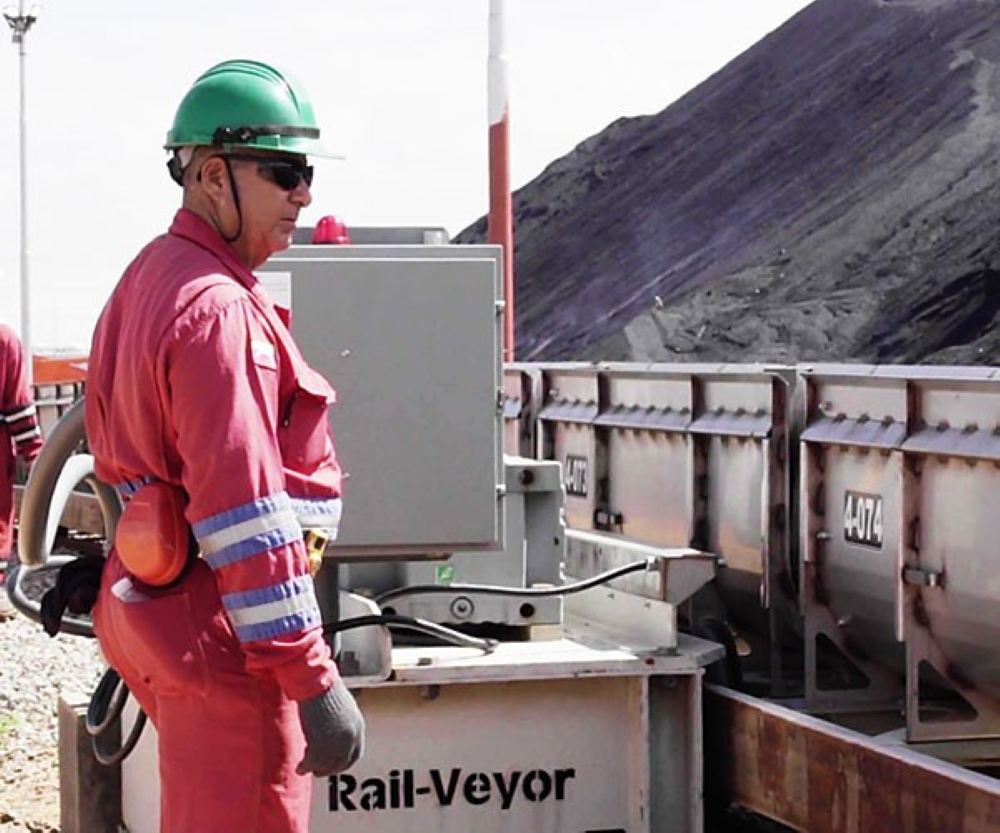

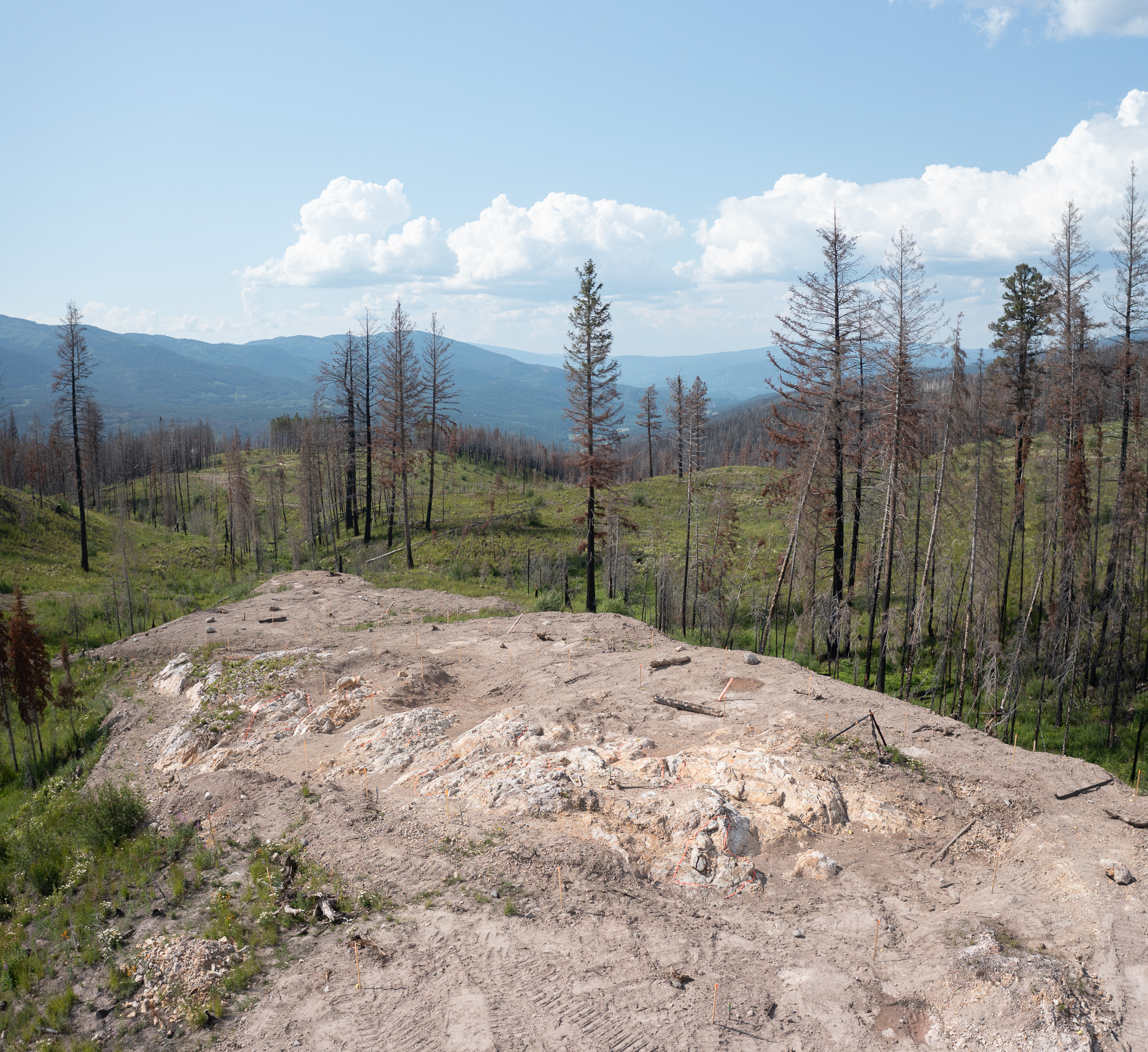
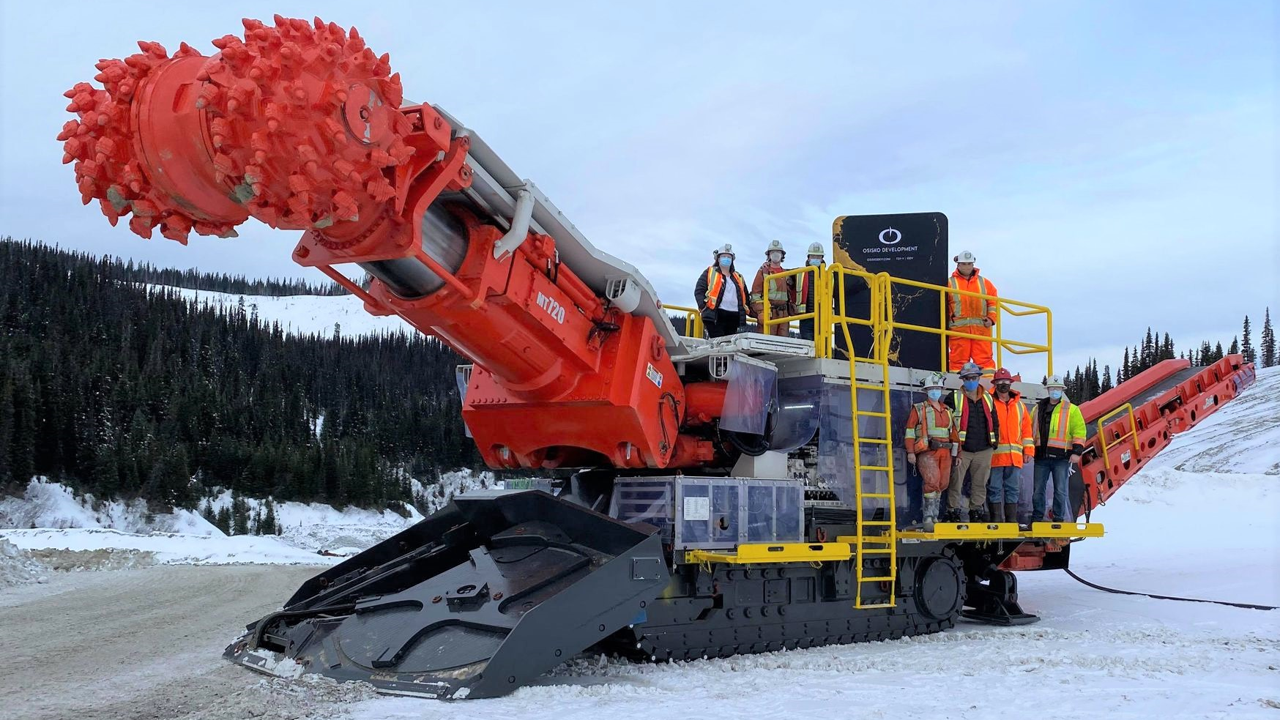
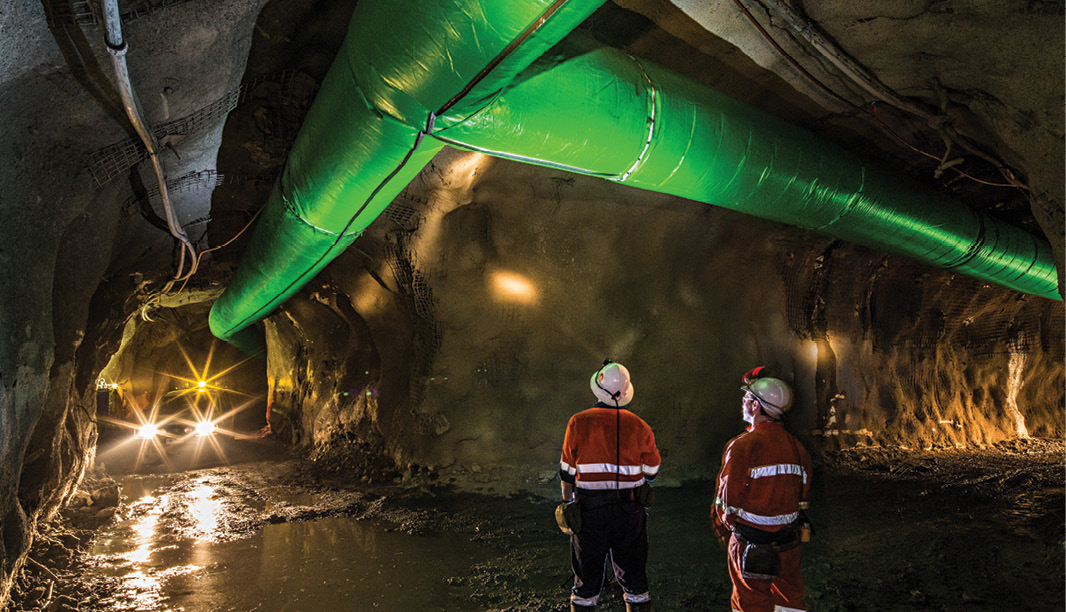
Comments